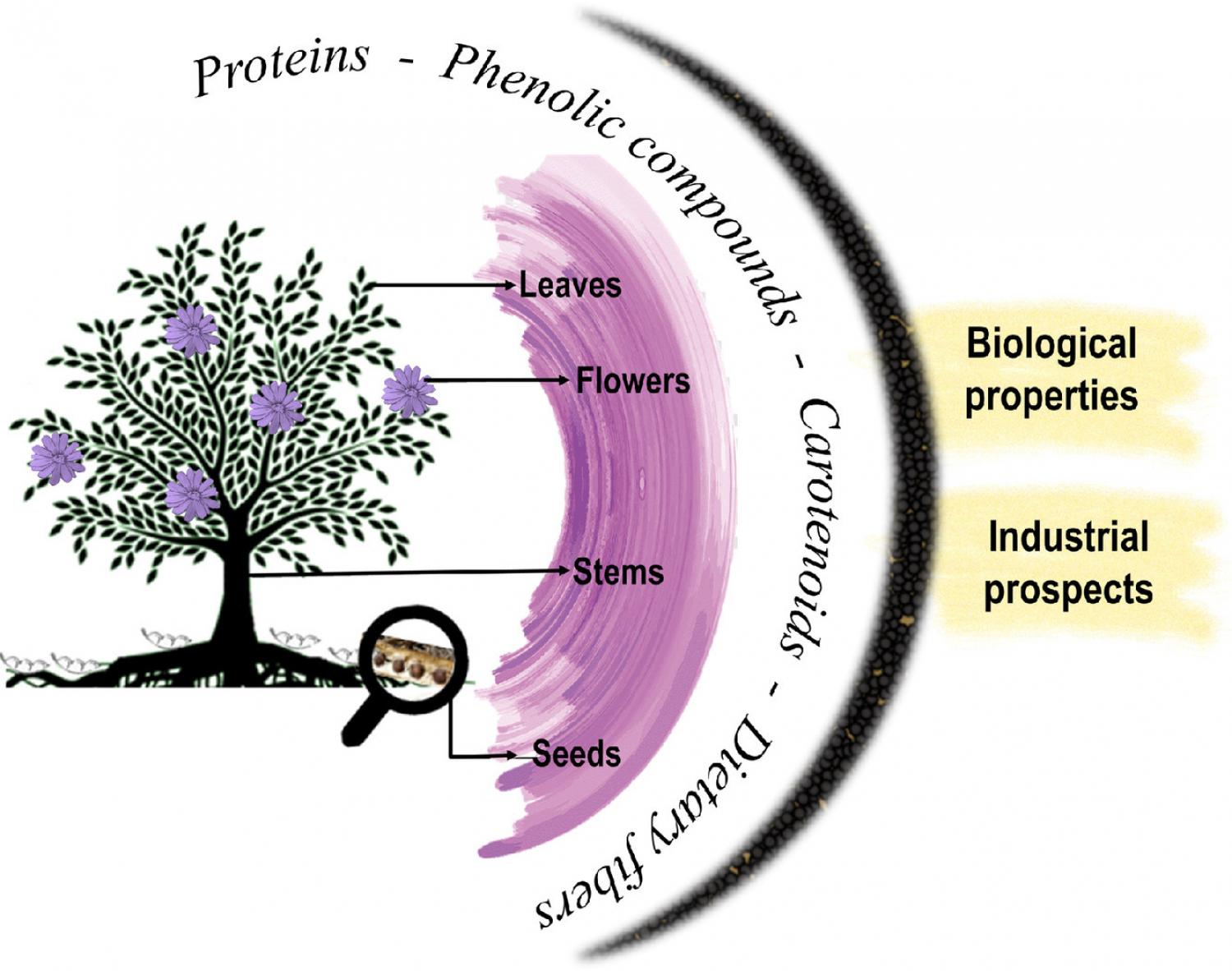
Innovative food products containing new ingredients have been designed to meet nutritional needs and new consumption trends. In this way, different vegetable species, named unconventional food plants (UFPs), are being studied in the literature and are emerging as candidates to provide foods containing a better composition, providing greater healthiness. Furthermore, specific vegetable tissues discarded in post-harvest and/or industrial pre-processing operations can be considered UFPs adequate for human consumption. Therefore, this review presents UFPs as alternative sources of nutrients, especially proteins and bioactive compounds. For food purposes, white acacia (Moringa oleifera), ora-pro-nobis (Pereskia aculeata Miller), jatropha (Jatropha curcas L.), bamboo (Bambusa vulgaris and Gramineae bambusoideae), and edible flowers, among others, are considered as UFPs with interesting nutritional components such as fibers, proteins, phenolic compounds, and carotenoids. We believe that studies on new food sources with a focus on UFPs can be a breakthrough for developing nutritious and sustainable foods and stimulating their acceptability by consumers.
